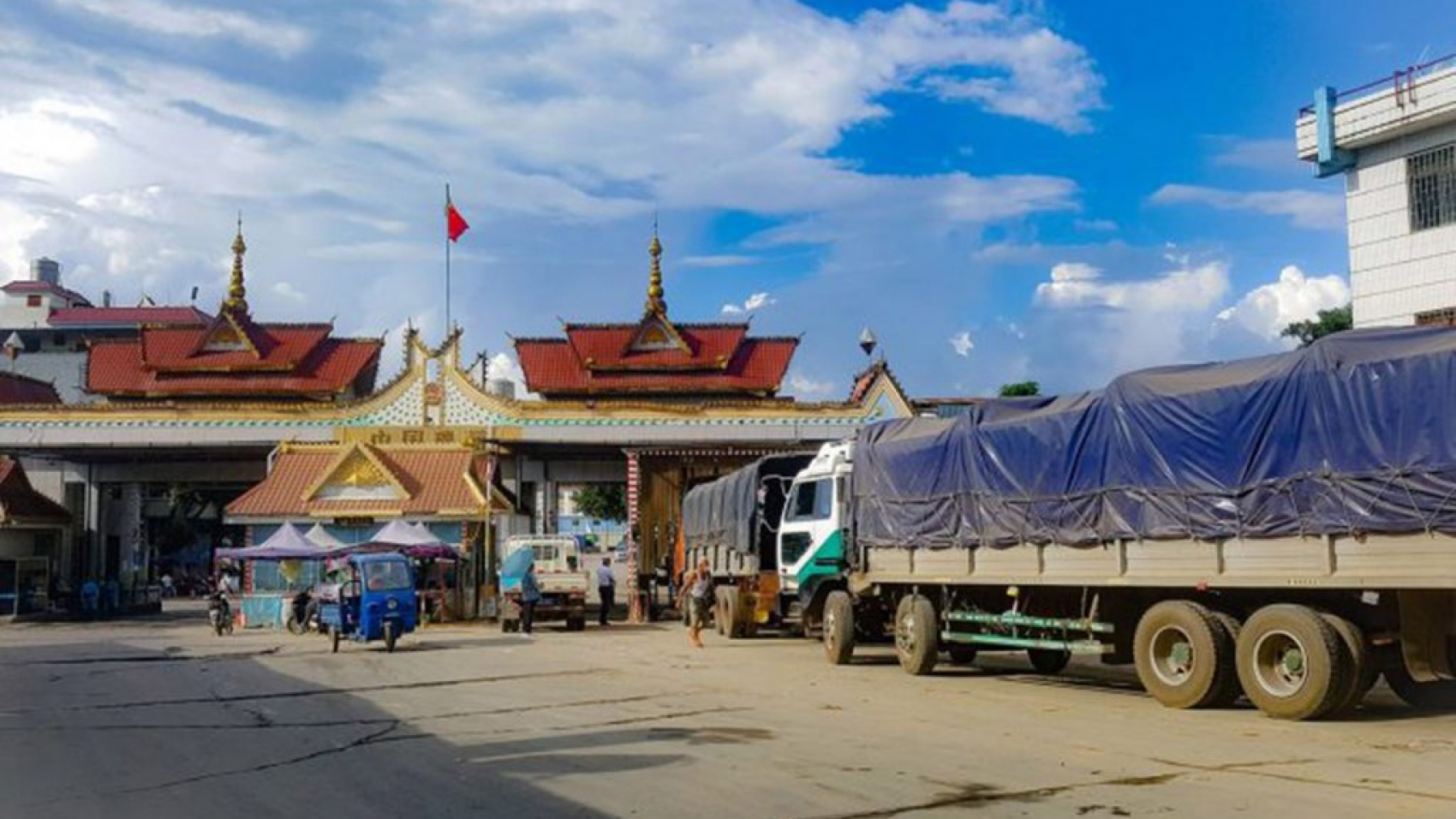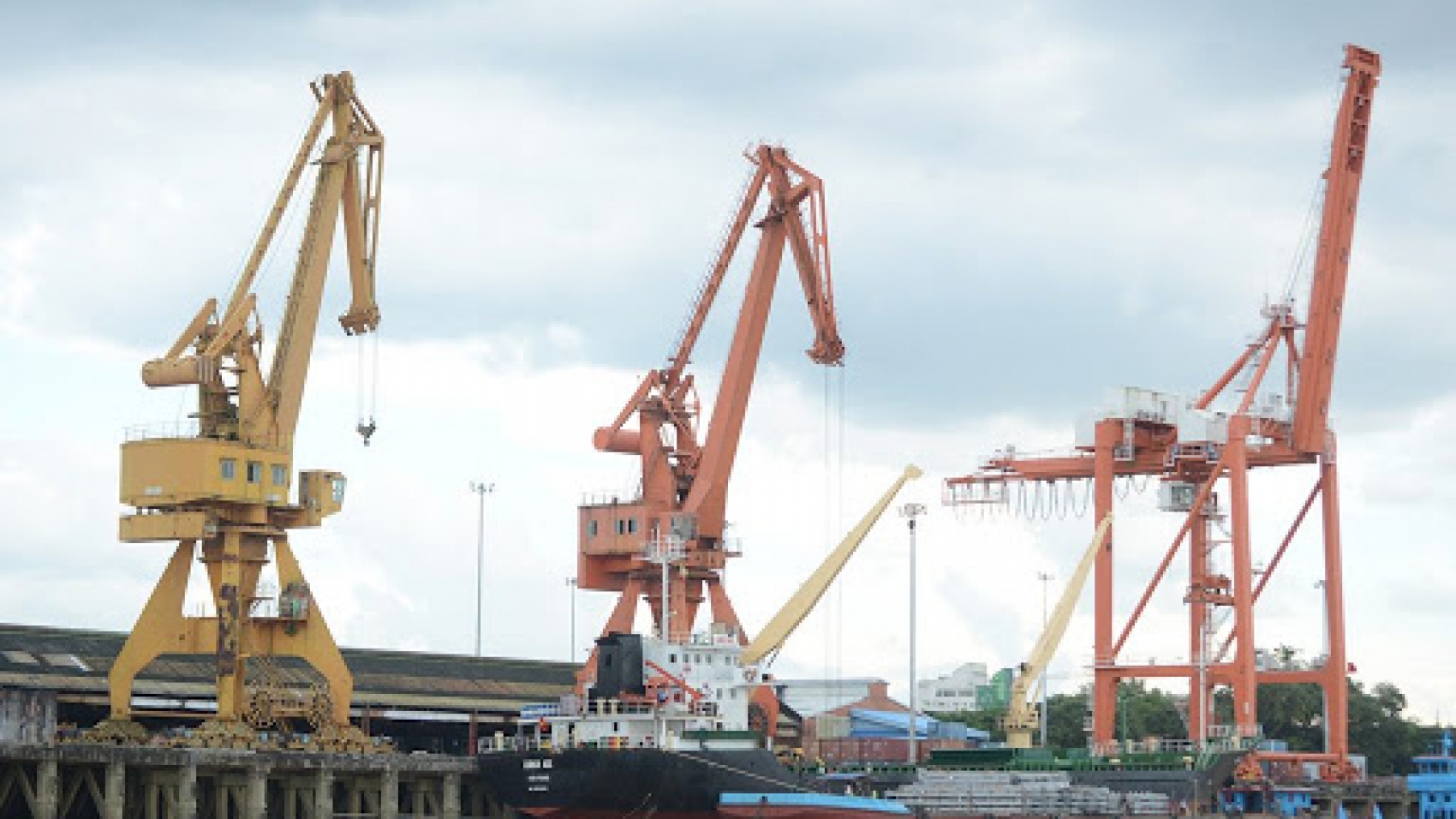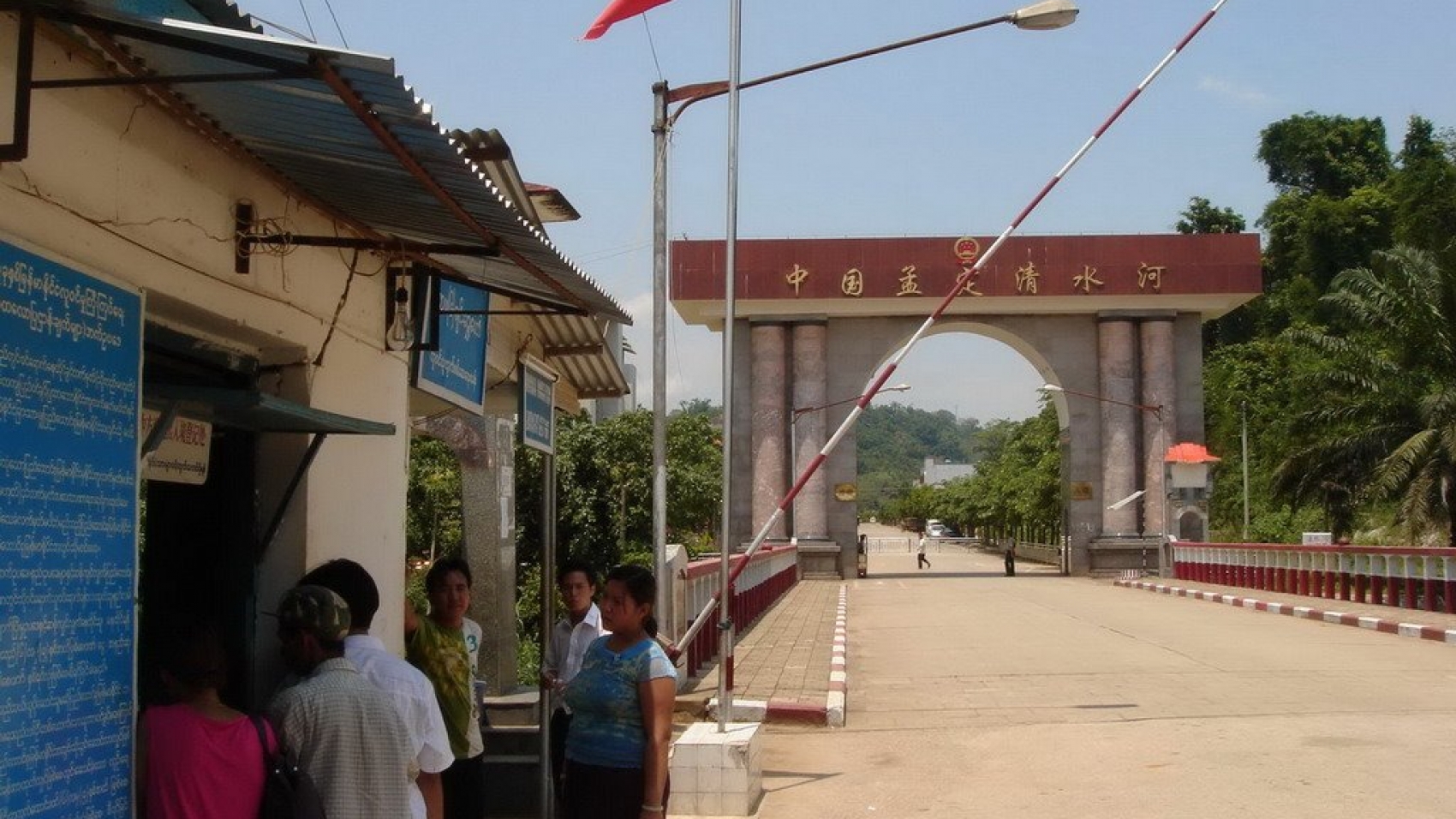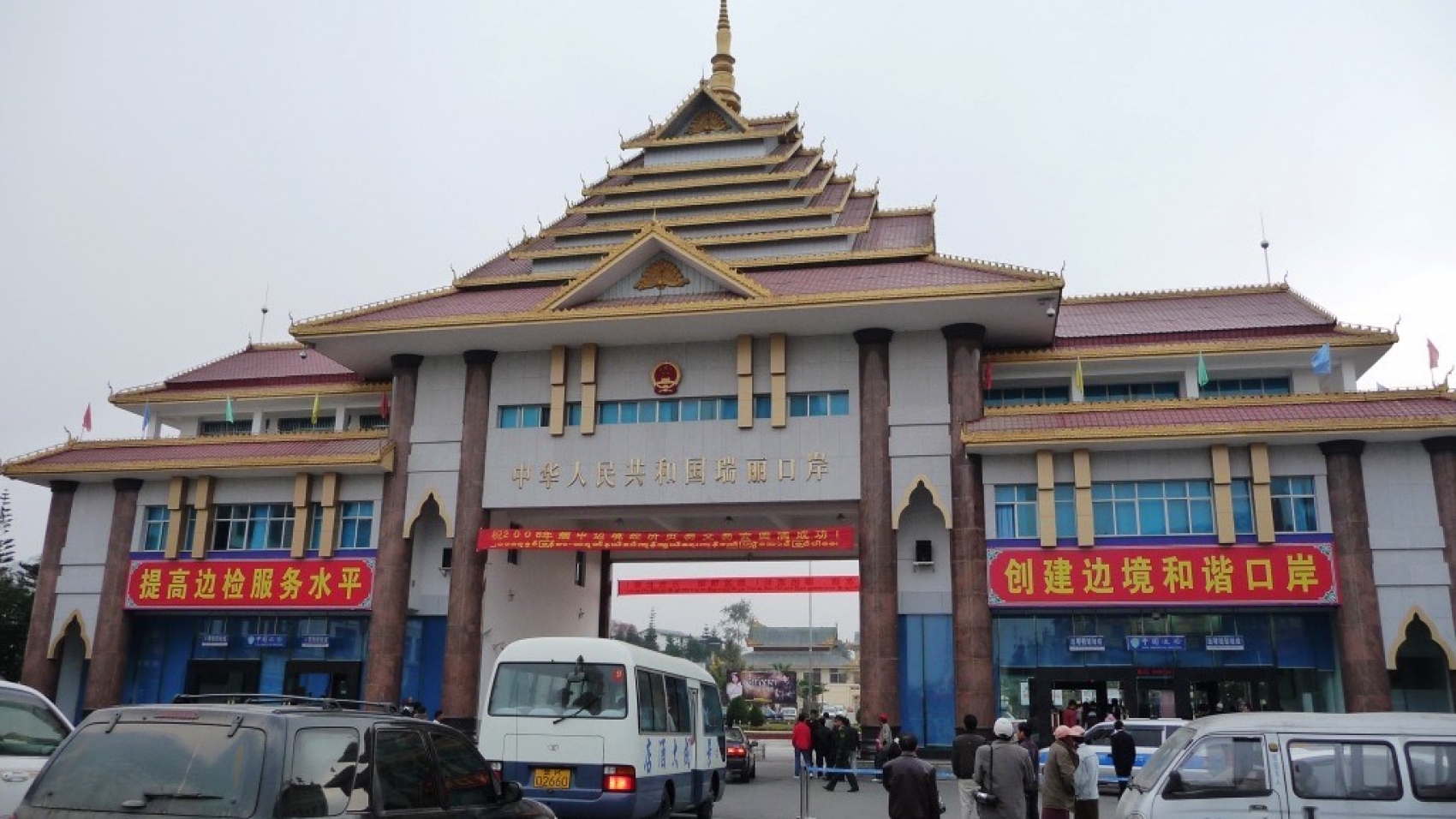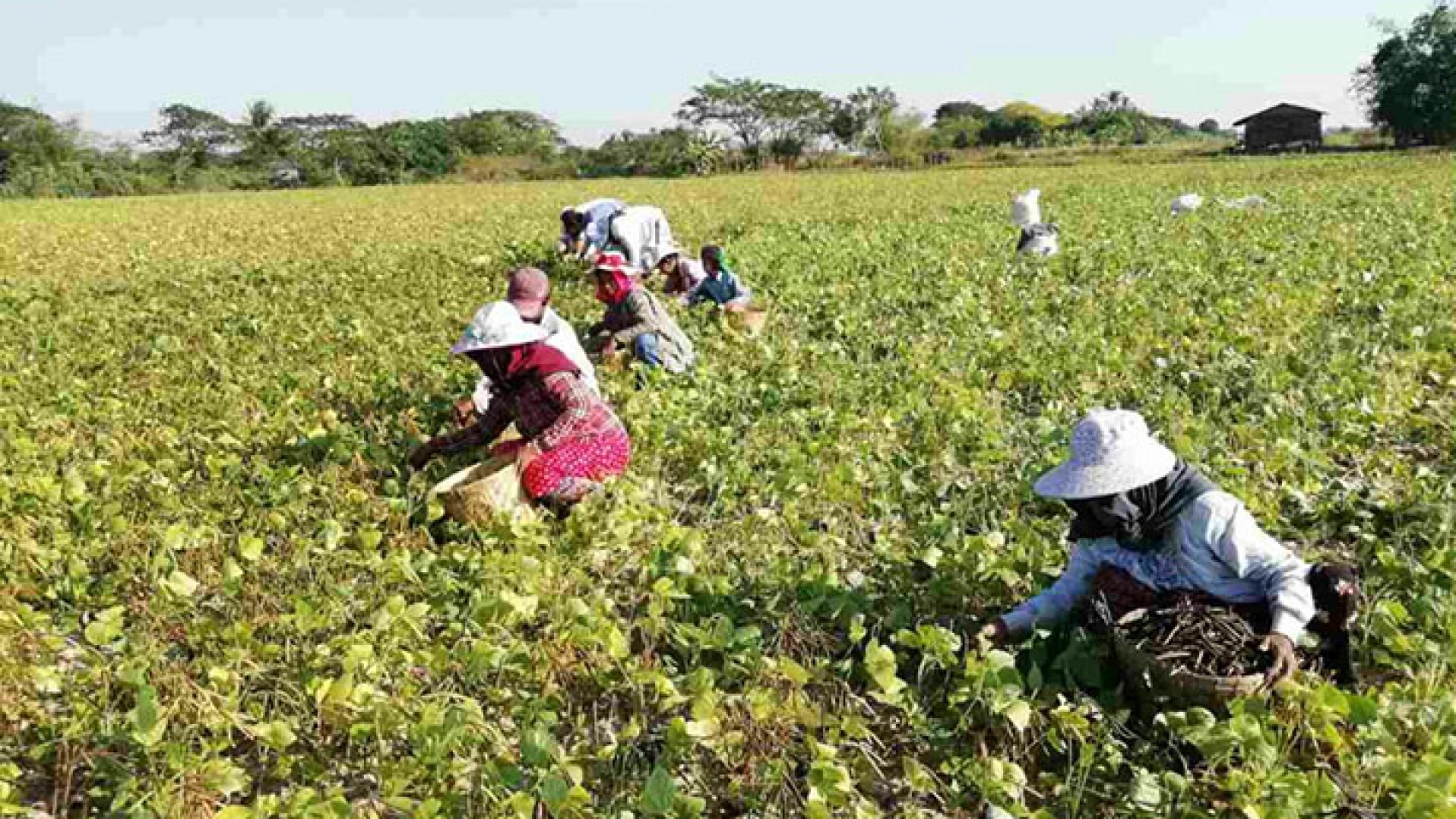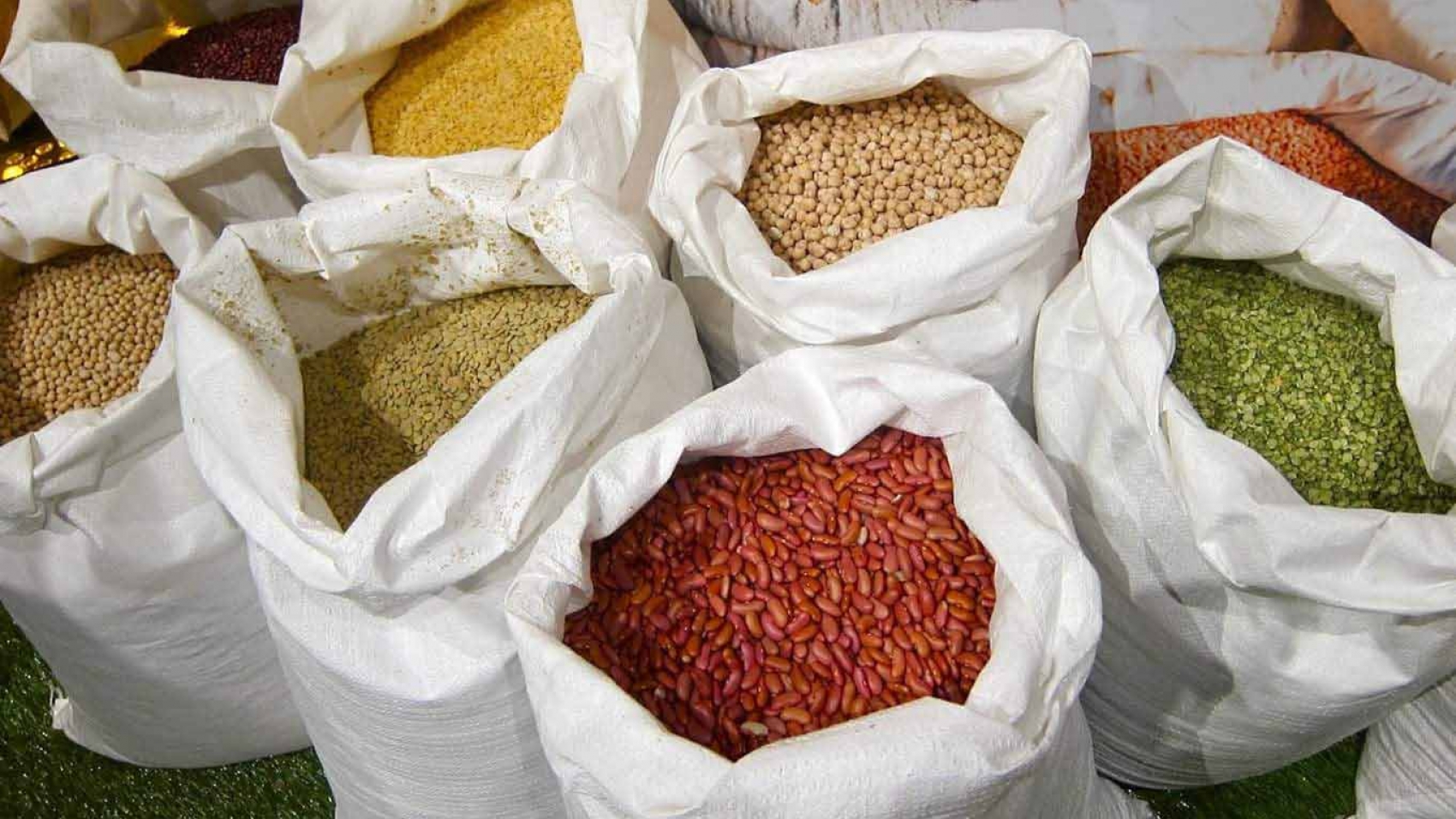Man Wein border post is likely to remain closed in light of the COVID-19 consequences, said U Min Thein, vice chair of Muse Rice Wholesale Centre. In March-end, the coronavirus cases were detected in Shweli (Ruili) and Kyalgaung areas, prompting China to restrict border access from 30 March at the Man Wein checkpoint, which is a major border crossing between Myanmar and China. Man Wein border closure is possibly to be extended even after three months shutdown.
There is less possibility to reopen the Man Wein border post as the COVID-19 cases in Myanmar is surging. Additionally, Man Wein border post is not available for now according to the negotiation with Shweli’s Foreign Affairs Department. The border post will resume the trade only after drawing up a detailed project report, the Trade Department (Muse 105th mile trade zone) stated.
Following the closure of Man Wein post, the major export items such as rice, broken rice, various pulses, fishery products, onion and chilli are being delivered to China through Kyinsankyawt post, which is a major crossing for Myanmar’s fruit exports. However, shipping via Kyinsankyawt post caused traffic congestion and delay. Consequently, Myanmar is currently shipping rice and broken rice via the Bhamo-Lwejel route. During the first wave of the COVID-19, the driver-substitution system was practised in the border area, which helps lessen the impediments to the trade, yet the current restriction exacerbates the border trade, Muse Rice Wholesale Centre stated.
Source: The Global New Light of Myanmar

